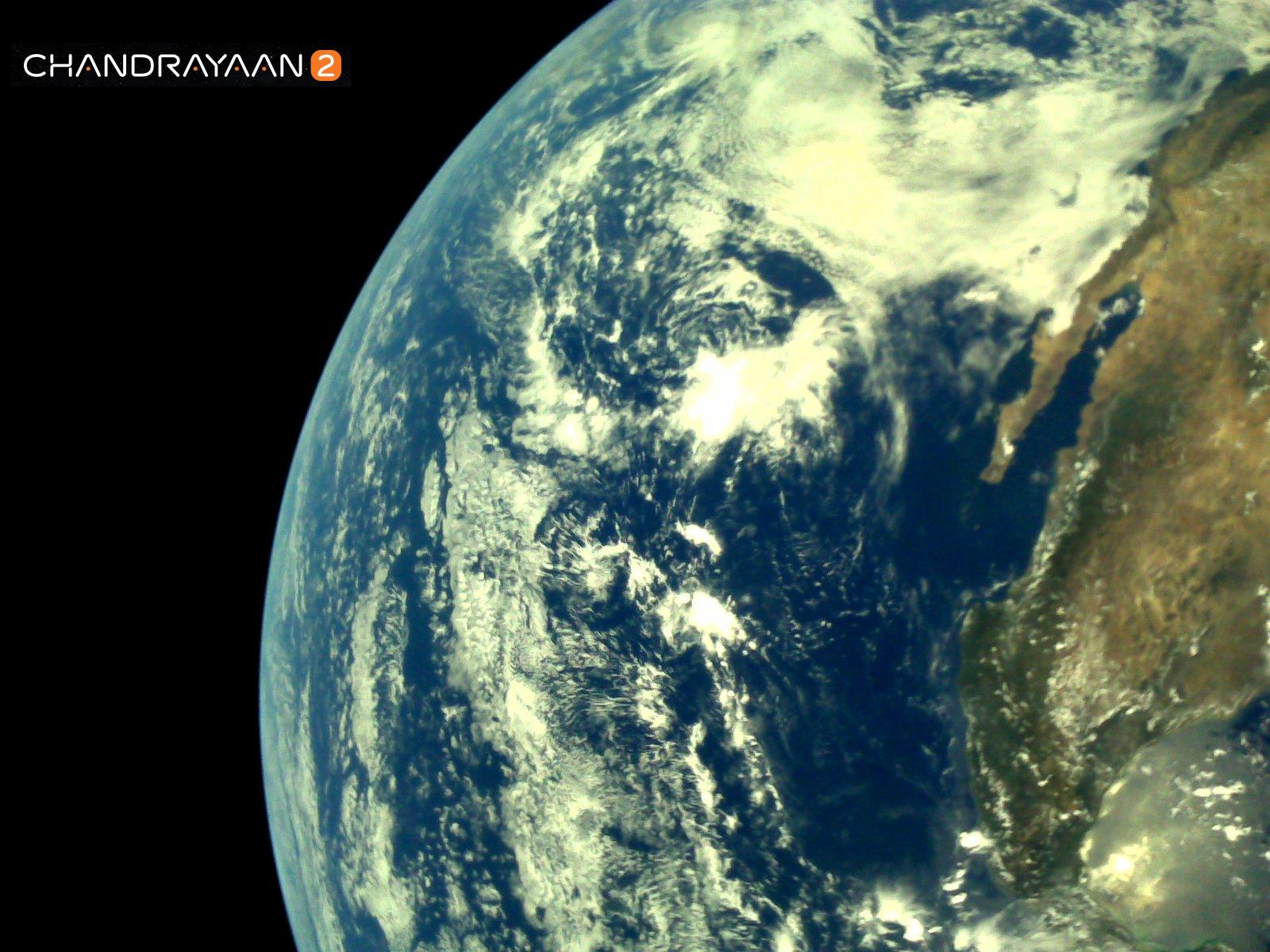
ISRO to inject Chandrayaan-2 into lunar orbit on Tuesday

In a significant milestone for India’s Moon mission, the Indian Space Research Organisation (ISRO) will fire Chandrayaan-2’s liquid engine on Tuesday (August 20) to insert the spacecraft into a lunar orbit.
“It’s tomorrow morning (tentatively between 8.30 am and 9.30 am). Its challenging,” ISRO chairman K Sivan said on Monday on the operation to put the spacecraft in an orbit around the Moon.
Following this, there will be further four orbit manoeuvres to make the spacecraft enter into its final orbit passing over the lunar poles at a distance of about 100 km from Moon’s surface, ISRO has said.

Also Watch: Interactive graphic: Chandrayaan 2, India’s ambitious mission to moon
Subsequently, the Vikram lander will separate from the orbiter on September 2, according to the Bengaluru-headquartered space agency.
Two orbit manoeuvres will be performed on the lander before the initiation of powered descent to make a soft landing on the lunar surface on September 7, ISRO said.
Chandrayaan-2, launched on July 22 by GSLV MkIII-M1 vehicle, had entered the Lunar Transfer Trajectory on August 14 after final orbit raising manoeuvre of the spacecraft was successfully carried out.
The health of the spacecraft is being continuously monitored from the Mission Operations Complex (MOX) at ISRO Telemetry, Tracking and Command Network (ISTRAC) in Bengaluru with support from Indian Deep Space Network (IDSN) antennas at Byalalu, near Bengaluru.
All systems on board Chandrayaan2 spacecraft are performing normal, ISRO said on August 14.
Also Read: What makes a Chandrayaan scientist? Humble roots, rocketing passion
According to ISRO, Chandrayaan-2, India’s second lunar expedition, will shed light on a completely unexplored region of the Moon, its south pole.
“This mission will help us gain a better understanding of the origin and evolution of the Moon by conducting detailed topographical studies, comprehensive mineralogical analyses, and a host of other experiments on the lunar surface,” the space agency has said.
“While there, we will also explore discoveries made by Chandrayaan-1, such as the presence of water molecules on the Moon and new rock types with unique chemical composition,” it said.


